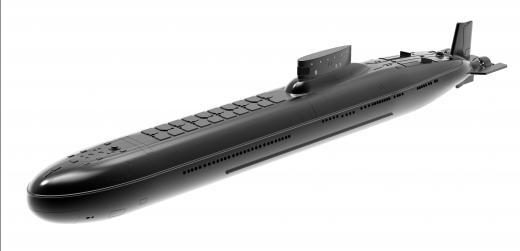What Is Naval Architecture?
Naval architecture is a centuries-old engineering field concerned with designing and building better and more cost-effective ships. Architects focused on this field must be adept at mechanical drawing as well as the intricate mechanics of various seagoing vessels. From the earliest days of boat-building, at least 6,000 years ago, naval architecture has evolved to feature several types of vessels, each suited for a particular task.
The field of naval architecture focuses on a range of boat types, just as building architecture focuses on a range of structure sizes and historical styles. Bachelor's and master's degree programs in this field will delve into the inner workings and appearances of the largest and smallest vessels as well as all those in between. The multi-level cruise and cargo ships is just the start of training. Of equal importance is the evolution of the submarine, the speed boat, the cabin cruiser, the sail boat and even the canoe, which teachers can use to illustrate the shared characteristics of all boats.

Over the centuries, the framework and materials used to build ships improved to allow for more buoyant hulls and more storage capacity. When marine engines started replacing sails in the late 19th century, a whole new realm of possibilities emerged. From tall ships, small sailing vessels, canoes and kayaks, the field of naval architecture expanded to include dozens of other types of boats. Much of the basic physics of naval architecture — the dynamics of flotation, speed, stability, wake, resistance and gravity — did not change when the engine was added. It only expanded to include higher speeds, cheaper and lighter materials, and more luxurious appointments for long trips at sea.

To be a successful naval architect, candidates need to become well-versed in several fields, from general architecture and drafting to the structural and mechanical engineering that is specific to all the many maritime applications. Students of naval architecture are quickly introduced to the two basic ways of constructing most boats. The shell method involves building the hull and then the supporting rafters and decks inside. The younger method inverts this model, starting with the inner framework and attaching the hull in the final steps.

Other important considerations in naval architecture are safety and cost-effectiveness in the production and assembly of the various parts needed to form a whole boat. To stand out, some naval architects focus their advanced studies on a particular type of vessel. Some become experts on submarines, others on the various configurations of sailboats.
AS FEATURED ON:
AS FEATURED ON:















Discuss this Article
Post your comments